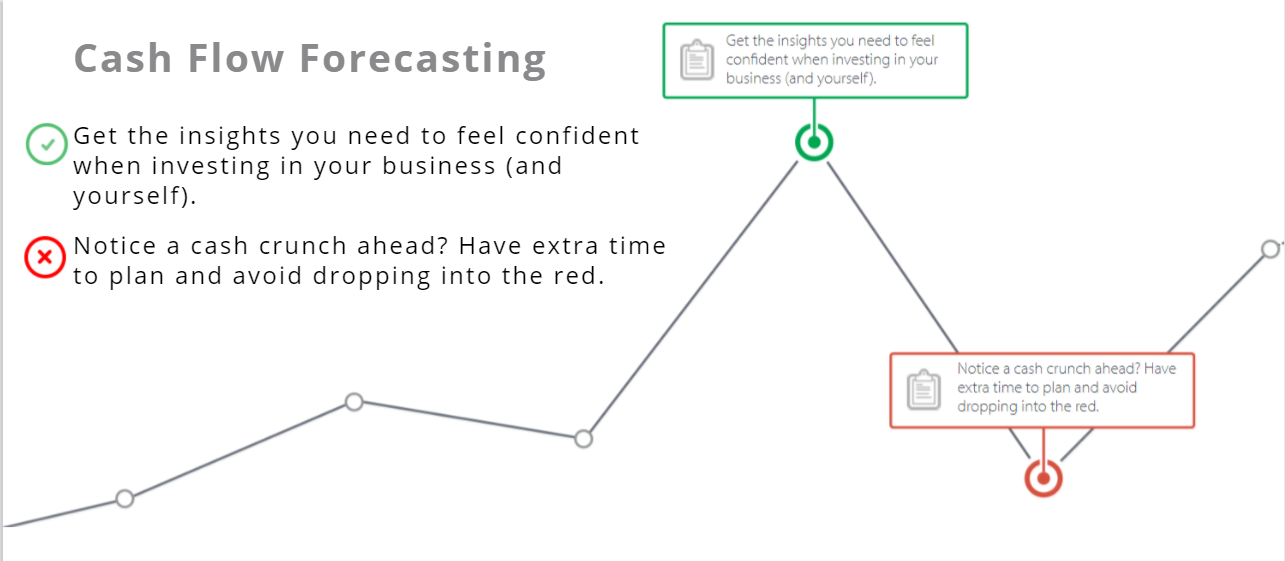The profit and loss statement, also known as the income statement, is one of the essential financial elements that a company must produce in the same way as the balance sheet. The income statement reflects the performance of the company’s activity during a financial year and makes it possible to know whether it is making a profit or not. We will look at the profit and loss statement, some warning signs you might find in them, and what to do.
What is a Profit and Loss Statement?
Each year, the obligations related to business accounting involve the keeping of annual accounts. These are important because they make it possible to summarize all the financial movements of the company that took place during the financial year. The annual accounts are made up of 3 documents: the balance sheet, the appendix, and the income statement. The latter is an indicator of the good financial health of the company.
The profit and loss statement is an accounting document that allows you to see if the company’s activity is profitable. More precisely, the income statement analysis shows whether the activity is in surplus, that is to say, if the company has made profits or if it is in deficit. That is to say, if it generated losses. To analyze the income statement, it is necessary to break it down into different levels: interim management balances.
How to Use Your Income Statement to Inform Your Pricing Strategy
You can make informed decisions around your pricing strategy if you are used to reviewing your profit and loss statements.
Gross profits include your revenue minus direct expenses (the staff members and materials that are part of delivering your products or services). Most businesses use top-down quoting or bottom-up pricing when preparing a quote or working out their pricing.
Warning Signs to Look Out for In Your Profit and Loss Statement
- Decreasing Profit Within a Given Accounting Period
Monitoring specific jobs, individual quotes, or prices might become somewhat difficult as your business grows. If you start noticing your gross profit dropping down each month, this is one warning sign you should pay attention to. Your costs are likely to bypass your sales. There are multiple ways to solve this:
- Evaluating and lowering your business expenses- You should closely monitor your business costs and determine if they are really increasing and why.
- Increase your prices- Higher chances are they will not buy from you, but you wouldn’t want anyone to buy from you if you are losing money all the time.
- A Decrease in Sales and Marketing Expenditure
You have to seriously invest in sales and marketing if you want to grow your business. You should at least spend 10% of your sales revenue on marketing.
If you are spending anything less, you are likely to record a decline in your business.
- Founders Not Awarding Themselves a Regular Salary
If you intend to set up a sustainable venture but lack an allocation, then you should pay yourself a regular salary higher than the minimum wage in your region. Pay yourself a tiny amount while growing your company. Once your business grows, you can raise your own pay.
You should not forget that the business profit is not your pay. Make sure you are paid based on the work you put in your business as an employee. You also need to get a return from your business, just like any other investment. This will reduce the chances of running a stressful job by focusing more on your profit margins. You can also sell your business at a higher price because of the margins.
- Increase in Wage Costs as a Percentage Revenue
You shouldn’t expect to hire more if there is growth in your business. A rise in wages shouldn’t shock you. However, if there is a rise in operational costs with no corresponding revenue increase, this could be a sign of a drop in cash flow and profitability.
- A Rise in Your Monthly Account Receivables
You should know that it is another warning sign despite appearing on your balance sheet but not a profit and loss statement. A surprising fact is that it could be a sign that you are selling more. It could also be a sign of slow payments from your customers, resulting in different kinds of problems. Some of them include:
- A drop in cash flow.
- Failure to put enough money in a tax savings account.
- Increased interest rates on your credit cards because of late payments or late loan repayments.
- Challenges meeting payroll.
The important thing, in this case, is to ensure your bookkeeping is updated and accurate. Otherwise, you will have difficulties noticing any warning signs or even see the wrong ones.
How Are These Expenses and Income Classified?
In a profit and loss statement, income and expenses are grouped together by category. You find, in order:
- operating expenses and income,
- financial income and expenses,
- and exceptional income and expenses.
For each of these categories, you will be able to calculate a result.
The objective of the profit and loss statement is to transcribe the flows made within a company during the duration of an accounting year and to determine, among other things, whether it is making profits or, on the contrary, whether it recognizes losses. This essential accounting document represents in a way the barometer of a company’s activity: it brings together all of its enrichments and impoverishments.
These flows are represented by income and expenses. The former corresponds to its revenue (whatever it earns), i.e., its sales, any loan interest, etc. The latter its expenses (what it pays) whether it concerns the purchase of goods, equipment, personnel costs, taxes, etc.
The profit and loss statement is generally presented in a table with two columns, each containing the list of the company’s income (on the right) and expenses (on the left), divided into three main categories. The amounts exclude tax. The income statement thus makes it possible to define a result that represents the difference between the various income and expenses, according to their nature.








